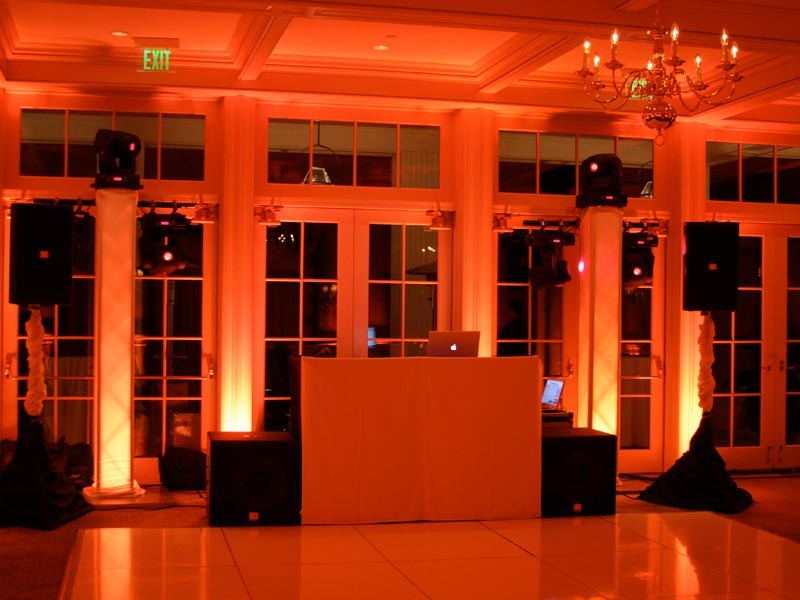Conquering Challenges in the Art of Visual Image Mapping Implementation
Wiki Article
Video projections mapping technology is an innovative technology that transforms common surfaces into engaging displays. This method enables creators and designers to cast visuals and footage onto objects like structures, statues, or stages, creating an engaging visual experience. However, despite its capabilities, implementing video projection mapping successfully comes with several obstacles. Understanding and addressing these hurdles is crucial for anyone seeking to create memorable projection art.
One of the primary challenges in video projection mapping is guaranteeing that the projected graphic aligns perfectly with the object. This process, known as "mapping," demands accurate calculations and figures. If the display is not matched properly, the images can appear distorted or misplaced. To tackle this issue, artists often use specialized software that assists in mapping the graphics to the object's dimensions. Moreover, conducting comprehensive tests before the final projection can help detect any discrepancies and enable for adjustments to be made.

Another major obstacle is the different brightness and hue of the projected visuals. Different surfaces respond variously to light, which can influence how the colors look once projected. For instance, a pale surface will bounce brightness differently than a deep one. To overcome this, creators must consider the material properties before choosing the hues and brightness for their displays. Testing the projection on the real surface during the planning phase can provide essential insights into how the ultimate show will appear.
Technical difficulties can also pose a hurdle in video projection mapping. Problems such as hardware failure, software glitches, or network issues can disrupt the entire production. To minimize these risks, it is essential to conduct thorough hardware checks and have contingency plans in place. This can comprise having extra cables, projectors, and even alternative software choices see this here ready to go. Being prepared for technical issues can ensure a smoother execution of the display.
Finally, audience engagement is an essential aspect of video projection mapping. While the visuals are critical, how the audience interact with the presentation can make a big impact. Artists must consider about how to design their projections to captivate viewers’ attention and encourage interaction. This can involve incorporating elements that invite participation or create a narrative that connects with the viewers. Gathering input from test viewers can also help enhance the show to improve engagement.
In conclusion, overcoming obstacles in video projection mapping requires careful planning and creativity. By tackling the issues of matching, luminosity, technical issues, and audience additional reading engagement, creators can produce stunning and effective projections. With the right approaches in position, video projection mapping can change common areas into remarkable encounters, captivating audiences and leaving a memorable impact.